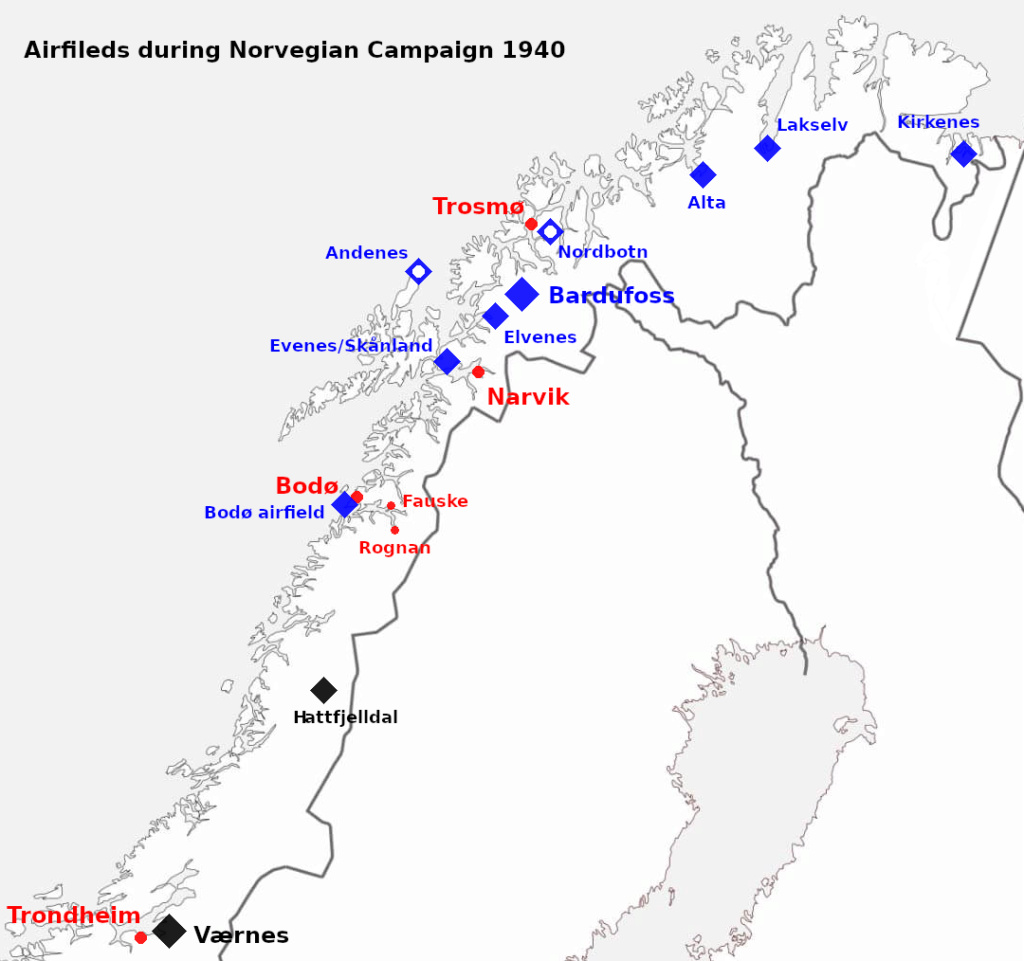Post by DMZ on Oct 28, 2021 13:32:22 GMT
The decision to withdraw from Narvik was taken on May 24, 1940, mainly because of the situation in France (Operation Dynamo).
1) If the french front holds, will this decision be the same?
2) If the Allies decide to stay, is the evacuation inevitable in the more or less long term?
3) What are the strategic consequences if the Allies stay?
4) Could or should the decision to stay have been made OTL?
The question concerns only the northern theater of Norway, the evacuation of central Norway, impossible to defend, having been decided on April 28 and completed on May 3.
At the end of May, the front was located on both sides of the Skjerstad fjord (Bodø, Fauske, Sjønstå). The Germans arrived at Rognan, south of the fjord.
Strategic interest of Narvik and northern Norway for the Allies
- Cutting off the German Swedish iron supply during the winter.
- Having iron mines of Kiruna and Gallivare within range of the Royal Air Force, as well as the port of Luleå, the outlet for iron exports through the Baltic.
- Controling of the Norwegian Sea, closure of the North Sea and the Denmark Strait between Iceland and Greenland.
- Keeping Norway in the war with the raising of new troops on the spot.
- Making a threat on the German occupation of Norway.
- Maintaining contact with Sweden and Finland.
- Putting pressure on the USSR.
Constraints for the Allies
- Long maritime communication line.
- Necessity of maintaining a substantial air force.
- Immobilization of Royal Navy units.
- Need to support and equip the Norwegian army.
I found this analysis of the strategic situation if the Allies had held the Narvik area by Tom Haymes of Houston Community College, Texas:
warfarehistorynetwork.com/2016/12/09/the-battles-of-narvik-the-norwegian-campaign/
1) If the french front holds, will this decision be the same?
2) If the Allies decide to stay, is the evacuation inevitable in the more or less long term?
3) What are the strategic consequences if the Allies stay?
4) Could or should the decision to stay have been made OTL?
The question concerns only the northern theater of Norway, the evacuation of central Norway, impossible to defend, having been decided on April 28 and completed on May 3.
At the end of May, the front was located on both sides of the Skjerstad fjord (Bodø, Fauske, Sjønstå). The Germans arrived at Rognan, south of the fjord.
Strategic interest of Narvik and northern Norway for the Allies
- Cutting off the German Swedish iron supply during the winter.
- Having iron mines of Kiruna and Gallivare within range of the Royal Air Force, as well as the port of Luleå, the outlet for iron exports through the Baltic.
- Controling of the Norwegian Sea, closure of the North Sea and the Denmark Strait between Iceland and Greenland.
- Keeping Norway in the war with the raising of new troops on the spot.
- Making a threat on the German occupation of Norway.
- Maintaining contact with Sweden and Finland.
- Putting pressure on the USSR.
Constraints for the Allies
- Long maritime communication line.
- Necessity of maintaining a substantial air force.
- Immobilization of Royal Navy units.
- Need to support and equip the Norwegian army.
I found this analysis of the strategic situation if the Allies had held the Narvik area by Tom Haymes of Houston Community College, Texas:
It is intriguing to think what might have happened if the British and Norwegians had managed to hold on in extreme northern Norway. It would have taken fairly small forces to keep the Germans from advancing up the peninsula, especially with British control of the sea.
In the short term, this resistance would have deprived the Germans of the valuable Swedish iron ore coming through Narvik. Over the long term, this would have also deprived the Germans of valuable naval and air bases, which were later to harass the arctic convoys to Russia after June 1941.
German surface forces sheltering on the fjords of northern Norway were to be a constant threat until the last remaining raider, the Scharnhorst was sunk in late 1943. The long-term geopolitical implications of an Allied presence in northern Norway might also have influenced the Finnish decision to enter the war on the German side in 1941 and attack Russia.
In the short term, this resistance would have deprived the Germans of the valuable Swedish iron ore coming through Narvik. Over the long term, this would have also deprived the Germans of valuable naval and air bases, which were later to harass the arctic convoys to Russia after June 1941.
German surface forces sheltering on the fjords of northern Norway were to be a constant threat until the last remaining raider, the Scharnhorst was sunk in late 1943. The long-term geopolitical implications of an Allied presence in northern Norway might also have influenced the Finnish decision to enter the war on the German side in 1941 and attack Russia.







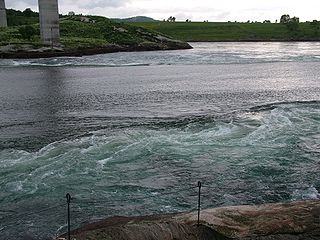
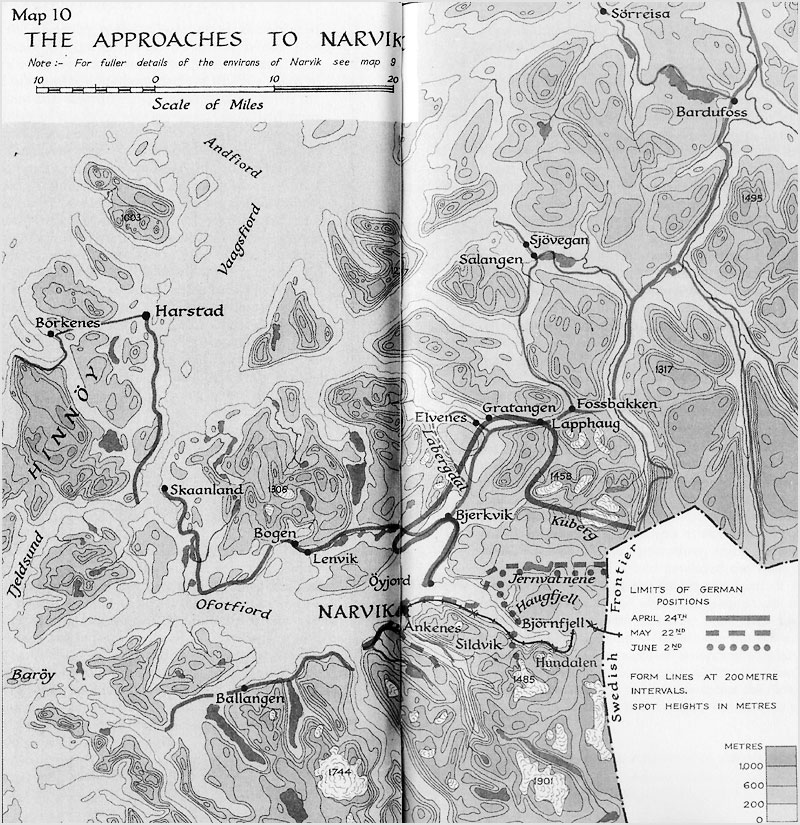
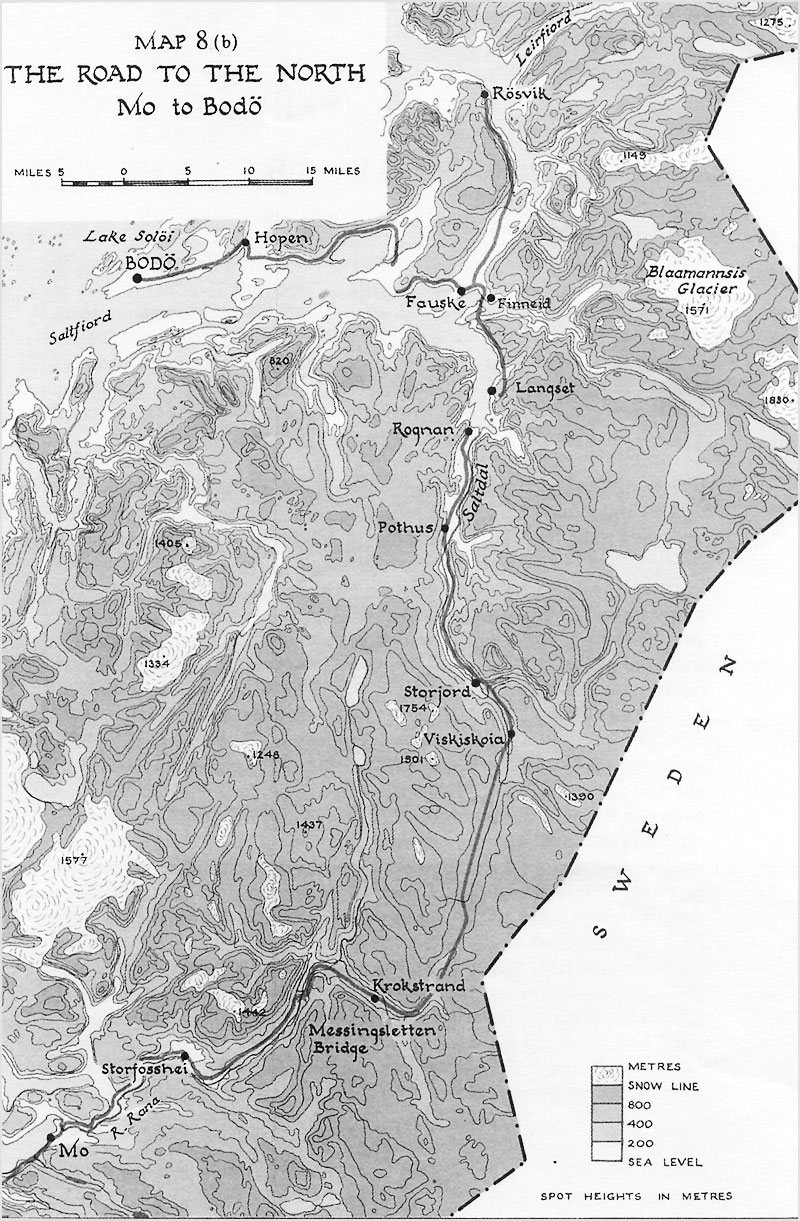
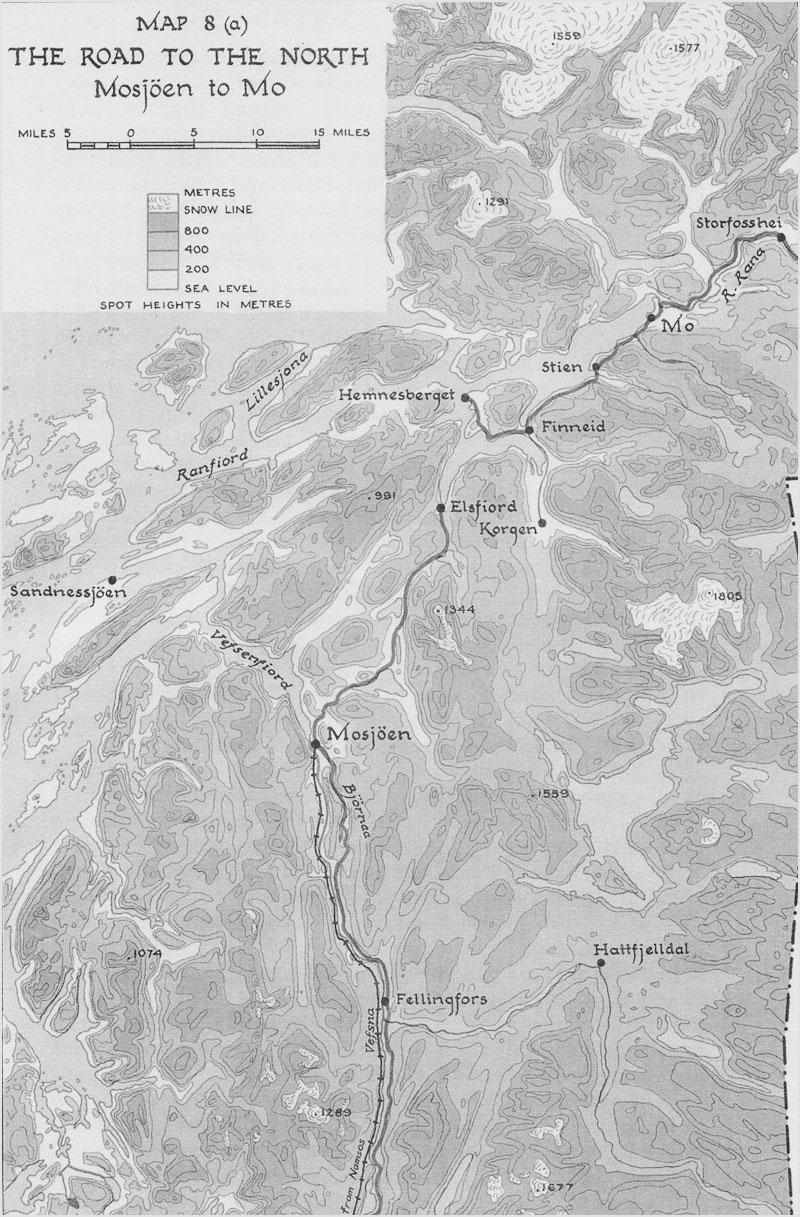
 :
: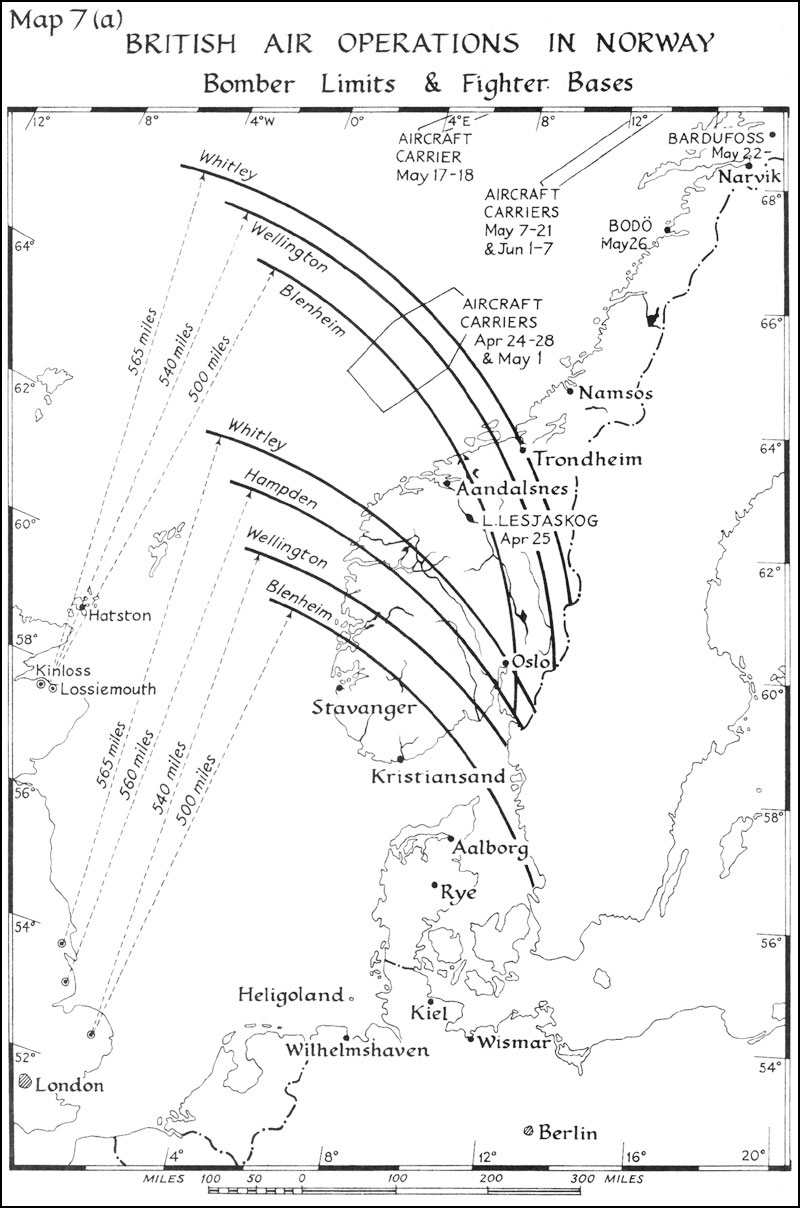
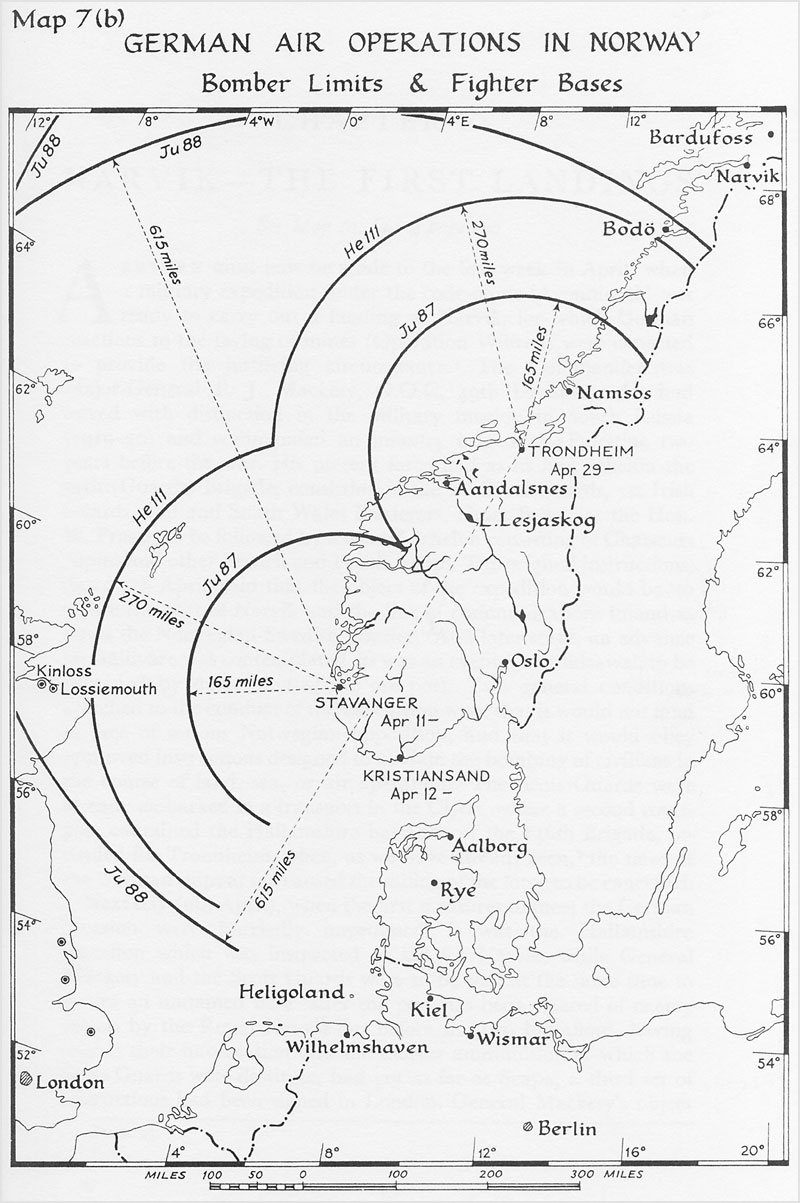


 ) it will be much easier to maintain and support troops in Norway. But, IMHO, it's worth it, le jeu en vaut la chandelle, even if GB stands alone, at least until Norvegians (and Poles) will take over. With air and naval support from Northern Norway, the convoys will be better protected than those to USSR OTL, so why not.
) it will be much easier to maintain and support troops in Norway. But, IMHO, it's worth it, le jeu en vaut la chandelle, even if GB stands alone, at least until Norvegians (and Poles) will take over. With air and naval support from Northern Norway, the convoys will be better protected than those to USSR OTL, so why not.
